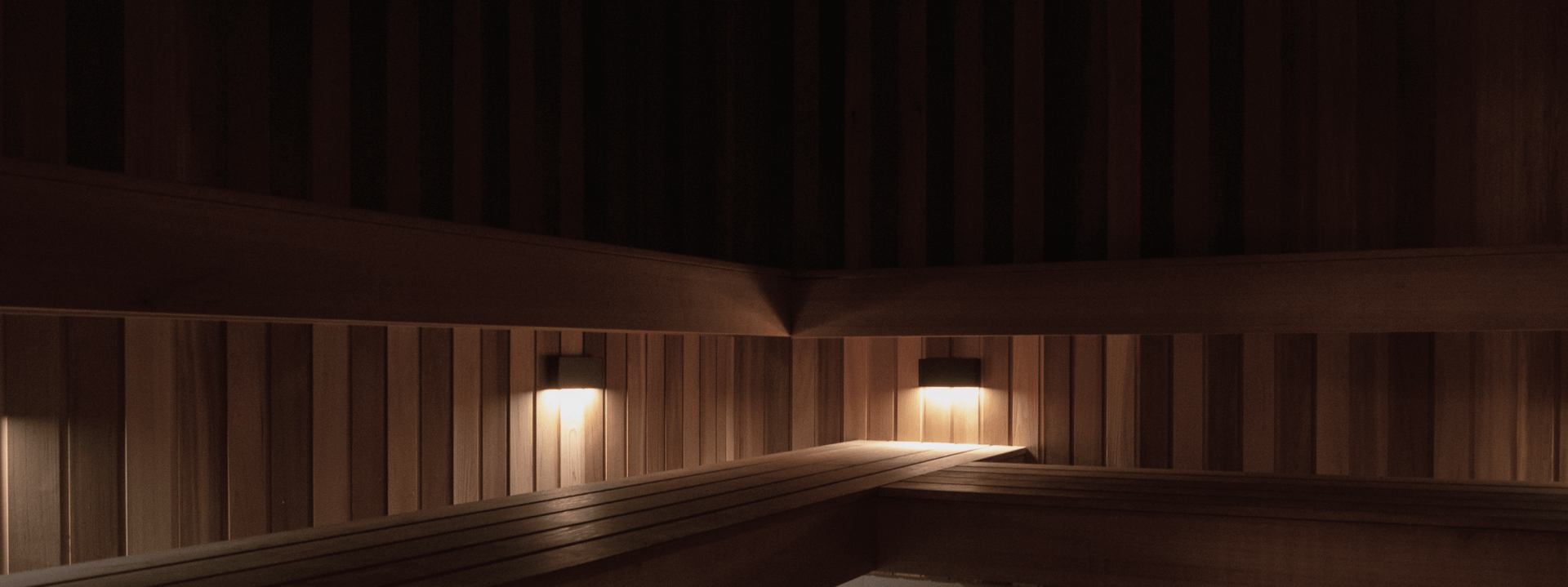Are you feeling slow, fatigued, or need relief from muscle discomfort? Using a traditional sauna could be the solution to helping you experience an overall better sense of well-being.

Sauna has been shown to increase human growth hormone (HGH), which is essential for muscle and tissue repair.
They can reduce delayed onset muscle soreness (DOMS) as well as tension, improving the post-workout rate of recovery and better preparing an athlete for their next workout.
The heated environment encourages the release of anti-inflammatory compounds, which can reduce pain and improve flexibility.
A study found that sauna therapy lowered indicators of oxidative stress, a potential source of inflammation. With consistent therapy over time, the benefits could be life-improving with all the good it could do for your body.
Heat therapy releases endorphins that help with pain relief and muscle soreness, and encourage relaxation and improve sleep quality.
A sauna session can have quite significant effects on sleeping patterns.
By raising your core temperature in the sauna or steam room just before it is time to go to bed, just by getting out your body will rapidly cool down and readjust afterwards, this will drop your body temperature and prepare you for a nice deep sleep. Not to mention the heat and solitude will help you relax and unwind.
It is estimated that the high temperatures of quality saunas (around 80 degrees) will boost your cardiovascular health. In a sauna, heart rate may increase up to 100 beats per minute during moderate temperate and up to 150 beats per minute during hotter sessions, similar to increases observed during moderate exercise.
In a study involving 19 healthy adults, the effects of a single 25-minute sauna session were comparable to moderate physical exercise with respect to cardiovascular measures. Like exercise, long-term sauna use generally improves blood pressure, endothelial function, and left ventricular function, and reduces inflammation.
Regular saunas and steam rooms, can have an incredible effect on the skin and its appearance. The steam, increased temperature, sweating, and circulation boost stimulate the reproduction of collagen, which is highly beneficial to the regeneration of skin cells while deeply cleansing and rejuvenating your skin.
Traditional Saunas provide profound stress relief in numerous ways. The warmth, the solitude, and the hot temperature relax the muscles, improving circulation and stimulating the release of endorphins.
Refresh
Nordic
Before entering the traditional sauna, it’s best to be well-hydrated and drink at least 500mls of water. During the sauna session, your circulation will increase and provide optimal blood to the muscles, activating thermoregulation and causing the body to sweat.
Maintaining equilibrium requires a substantial amount of energy, which will lead to a state of relaxation, enhanced sleep quality, and many other benefits.
Your health is wealth, and to optimise your overall wellness, frequent sessions in a traditional sauna will stabilise you. Try a sauna session 2-3 hours before bedtime to improve your sleep. Here at TH7, we offer conventional sauna sessions, so book with our branch in Brisbane today.

We use the most up to date research to match protocols with health outcomes.
Engine
1437 Logan Road
21 longland street
91 Noosa Drive, Noosa, Qld
196 Montague Rd, West End, Qld
26 Queens Way
We cannot serve you if are: Pregnant, under the age of 16, or seriously ill. If you fit these categories please do not book. Before using our facilities you will be required to sign our liability waiver
We cannot serve you if are: Pregnant, under the age of 16, or seriously ill. Before using our facilities you will be required to sign our liability waiver.